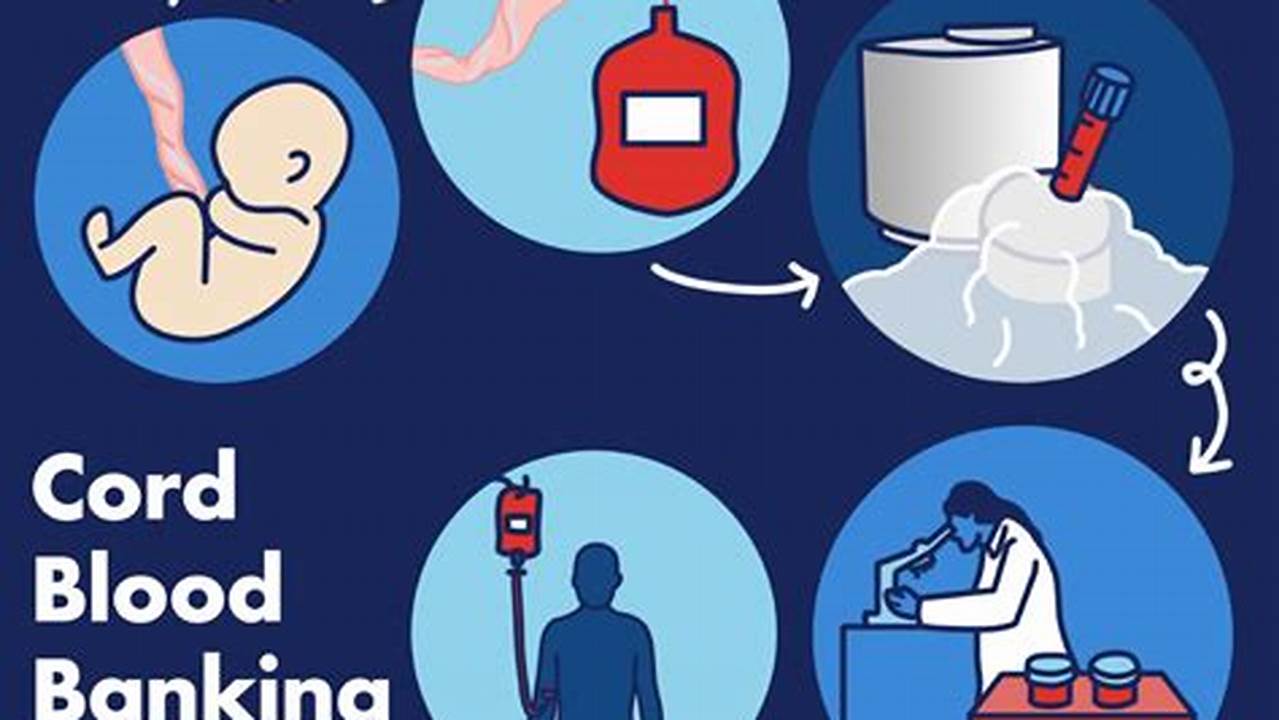Storing umbilical cord blood is a decision with significant potential health benefits for families. Cord blood, rich in stem cells, offers a unique biological resource that can be cryogenically preserved for potential future use in treating a range of diseases. This process offers a biological safety net, providing potential treatment options for the child from whom the cord blood was collected, as well as potentially for siblings and other family members.
Potential to Treat Diseases
Cord blood stem cells have been used in the treatment of over 80 diseases, including various cancers, blood disorders, and immune deficiencies. As research continues, the list of treatable conditions is expected to expand.
A Perfect Match for the Child
The child’s own stored cord blood is a guaranteed perfect match, eliminating the often challenging search for a suitable donor and reducing the risk of graft-versus-host disease (GVHD), a common complication of stem cell transplants.
Potential Match for Siblings
Cord blood has a high probability of being a suitable match for siblings, increasing treatment options within the family.
Readily Available
If needed, stored cord blood is readily accessible, saving valuable time that might otherwise be spent searching for a compatible donor.
Non-Invasive Collection Procedure
Collecting cord blood is a painless and risk-free procedure for both mother and child, occurring immediately after birth.
A One-Time Opportunity
The opportunity to collect cord blood exists only at the time of birth; it cannot be collected later.
Advances in Medical Technology
Ongoing advancements in medical technology continue to expand the potential applications of cord blood stem cells, increasing their long-term value.
A Form of Biological Insurance
While the likelihood of needing cord blood is relatively low, storing it provides a biological safety net and peace of mind for families.
Tips for Considering Cord Blood Banking
Research Reputable Banks: Thoroughly investigate potential cord blood banks, considering factors such as accreditation, processing methods, and storage fees.
Understand the Costs: Be aware of the initial collection fees and ongoing storage costs associated with cord blood banking.
Discuss with Healthcare Providers: Consult with obstetricians and pediatricians to understand the process and address any specific questions or concerns.
Consider Family Medical History: Evaluate family history of diseases treatable with cord blood stem cells to assess potential benefits.
Frequently Asked Questions
What is the lifespan of stored cord blood?
With proper cryopreservation, cord blood can be stored indefinitely.
Is cord blood collection painful?
No, the collection process is painless and harmless for both mother and baby.
What are the chances my child will need their cord blood?
Current estimates suggest a relatively low probability, but the potential benefits can be significant if needed.
Can cord blood be used for more than one transplant?
In some cases, the volume of collected cord blood may be sufficient for multiple transplants, depending on the recipient’s size and the specific treatment.
What happens if the cord blood bank goes out of business?
Reputable cord blood banks have contingency plans in place to ensure the safe transfer of stored samples in such circumstances.
Is cord blood banking covered by insurance?
Cord blood banking is typically not covered by standard health insurance plans, but some plans may offer partial reimbursement.
Preserving cord blood offers families a unique opportunity to safeguard their children’s future health. While not a guarantee against future illness, it represents a valuable biological resource with the potential to provide life-saving treatment options.



